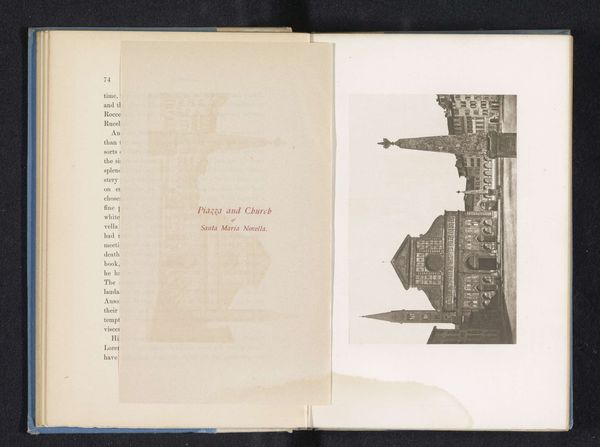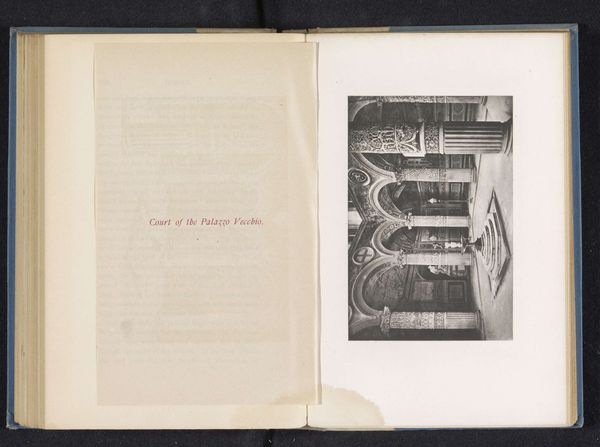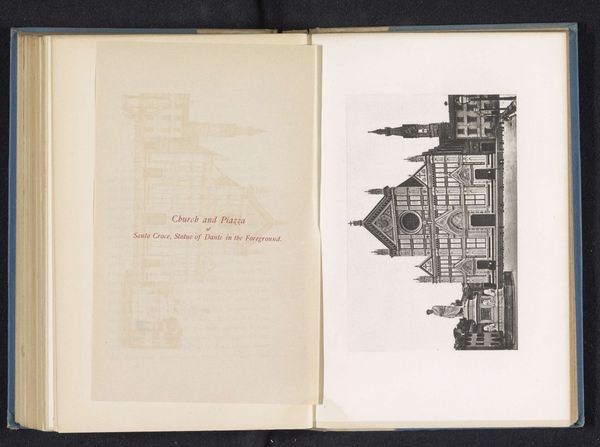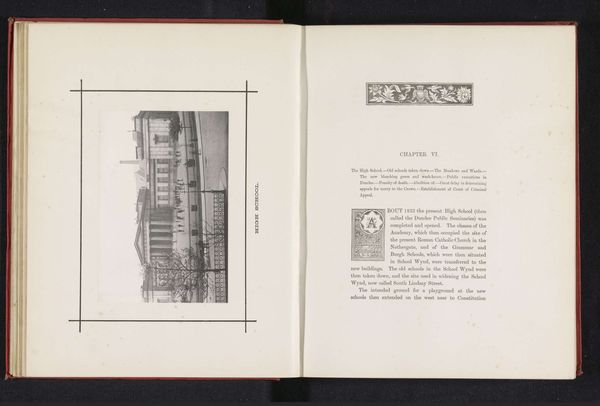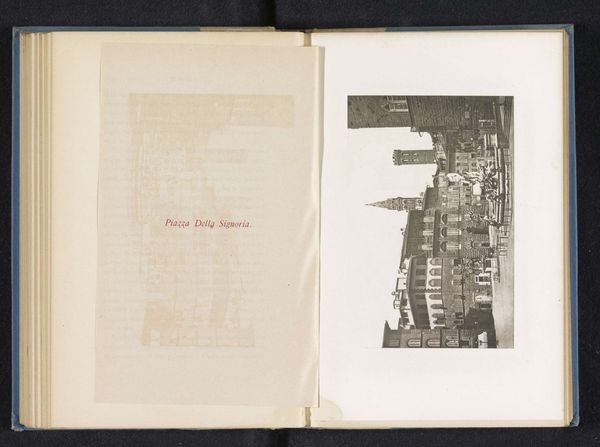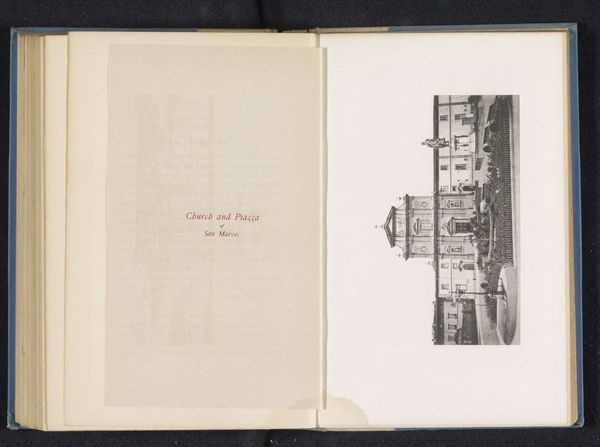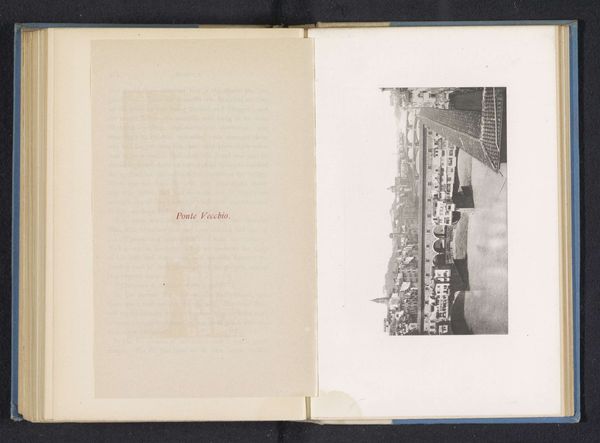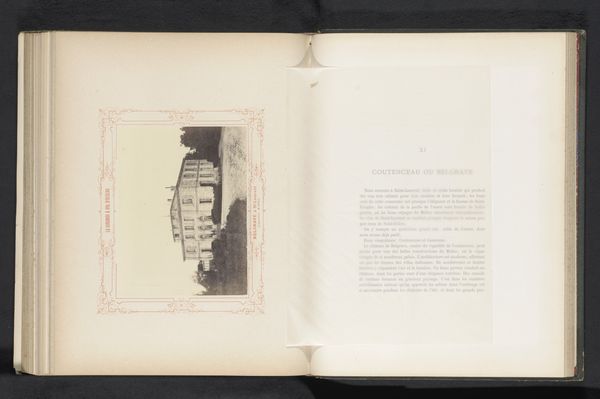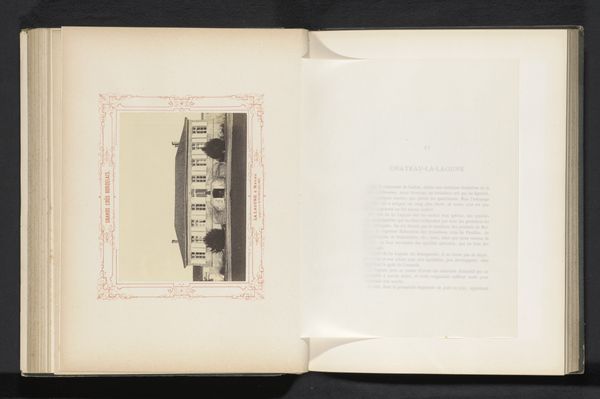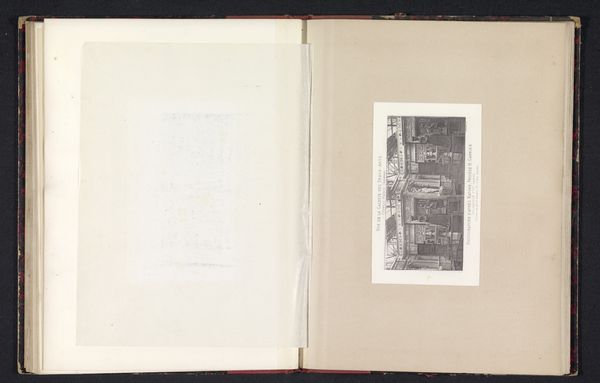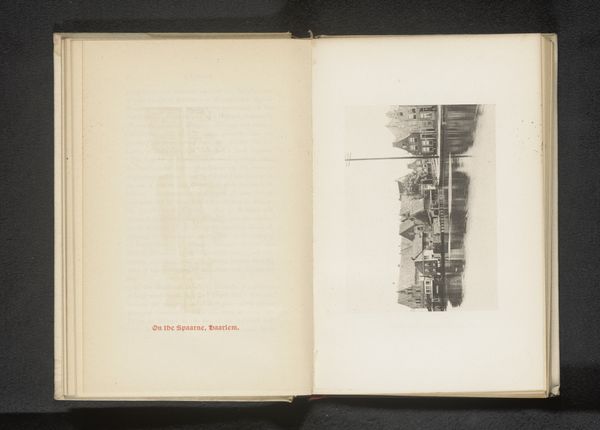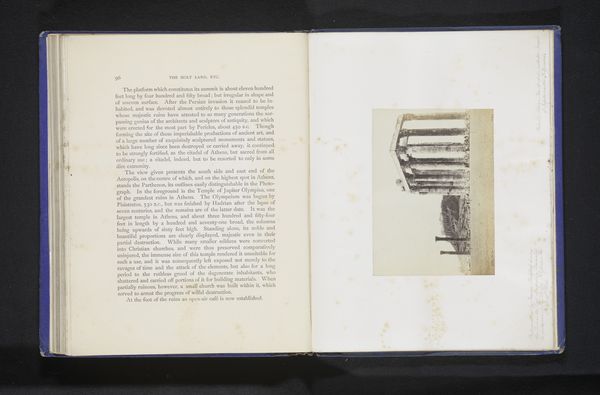
drawing, print, paper, architecture
#
drawing
# print
#
paper
#
italian-renaissance
#
architecture
#
building
Dimensions: height 88 mm, width 113 mm
Copyright: Rijks Museum: Open Domain
Curator: Let’s discuss this interesting drawing, Exterieur van de Chiesa di Ognissanti te Florence. The piece, made before 1890 by an anonymous artist, uses print on paper to depict the church. What's your initial take? Editor: Stark. The monochrome palette and architectural subject lend it a severe, almost melancholic tone. The rigid lines give structure, but lack of shadow makes it appear somewhat flat and detached. Curator: Well, the Church of Ognissanti had particular significance within Florence as being something of a parish church for artists during the Renaissance. Several prominent painters were associated with the church and the surrounding neighborhood, reflecting a community devoted to aesthetic production. Viewing the building this way casts a new dimension on the image. Editor: That certainly adds context to its identity. From a purely formal perspective, though, I'm drawn to how the artist manipulates perspective. There’s an intriguing interplay of angles; observe how lines converge and diverge, creating a visual rhythm that, albeit understated, prevents the image from feeling too static, no? Curator: Exactly. Now consider how religious spaces and who had access, who performed and worked there... the construction and its use weren't a value-neutral undertaking, and that includes the aesthetics, so although there's something visually pleasing, we also have to ask questions about wealth and inequality in this context. Editor: An important point. When looking closer, the attention to architectural detail impresses—the rendering of windows, moldings, and roof tiles displays a high level of technical skill in replication. But where does this reproduction, this formal technique lead the viewer? Curator: The building becomes an emblem of Renaissance identity, yes? Who are we, as Florentines, and where do we locate our cultural history and artistic labor? But it simultaneously reinforces that we're in dialogue with contemporary experiences. Editor: Perhaps both aspects feed the cultural experience of this very particular space. Seeing this interpretation has changed the original impression with which I had engaged the piece. Curator: Agreed; art’s impact on viewers often transforms as context shifts and new narratives emerge.
Comments
No comments
Be the first to comment and join the conversation on the ultimate creative platform.
